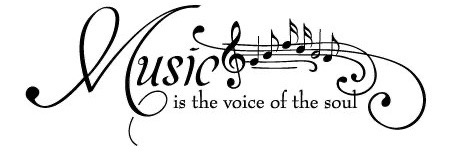- Ames Visual & Performing Arts Elementary
- Welcome
- Course Overview
Jeffries, William - Band
Page Navigation
-
 What is the Music Learning Process?
What is the Music Learning Process?Research in music education indicates that children learn music similarly to learning language. In language development, children progress through five vocabularies listening, speaking, thinking, reading and writing. Music also has five parallel vocabularies of learning. They are listening, performance, audiation/improvisation, reading, and writing. While music is not a language because grammatical rules are absent, the process for learning language is the same for music.
What is the Goal of Instruction in the Instrumental Music Program?
The primary goal of recorder and instrumental music instruction is to teach students how to audiate. What is audiation? To audiate is to listen to and perform music with comprehension. According to music education researcher Edwin E. Gordon, audiation is to music what thought is to language. A musical instrument is an extension of the performer’s mind and body; therefore, students will learn two instruments, the audiation instrument (singing, chanting, and movement) and the actual instrument (embouchure, articulation, hand position, posture, and finger dexterity).
What is the Purpose of the Home-Study Compact Disc and Downloadable MP3?
Beginning instrumental music students will receive a Home-Study CD or MP3 for use at home to practice assignments. The Home-Study CD must be played on good equipment, if available, or the MP3 can be downloaded to any device, such as a desktop computer, laptop computer, tablet, or phone. Both mediums contain the following: rote songs, tonal patterns, rhythm patterns, melodic patterns, which are performed for the student to repeat on their instrument, and a musical enrichment section to challenge high performers.
The Gordon Institute for Music Learning (www.giml.org) is an excellent resource to learn more about the music learning process.

